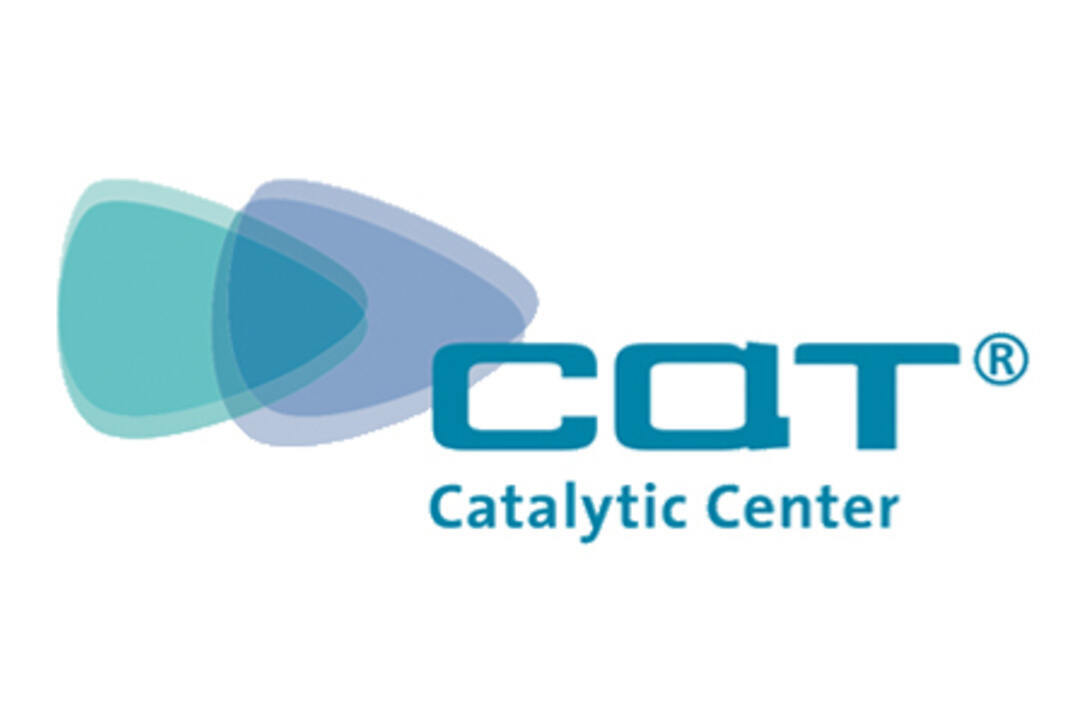New Thermoplastic
DreamCompoundConti
New thermoplastic with positive eco-balance
Covestro and CAT Catalytic Center have jointly developed a high-performance thermoplastic (HPT) that could be used in many industries in the future. This would significantly increase the sustainability and performance of products in areas such as aviation, automotive and health. The challenge now is to enable the continuous production of the new plastic on a large scale. In the current research project, a continuous process will be developed on the basis of sustainable raw materials to enable environmentally compatible and economical production on an industrial scale. Compared to the products already available on the market, there are quantifiable savings in resources expected: An initial Life Cycle Assessment for the industrial manufacturing process has shown that HPT emits >40% less greenhouse gas during production compared to similar thermoplastics. Further optimization potential is currently investigated at the CAT Catalytic Center by utilizing alternative raw materials as feedstock.
For more information on the sustainability potential of the thermoplast:
